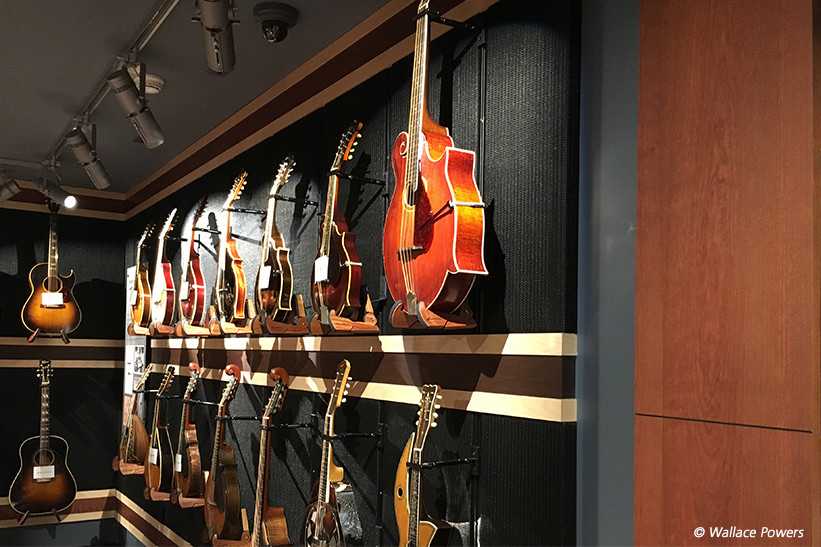ETC’s Irideon showcases vintage instruments
- Details

The grandson of one of America’s great composers, Jerome Kern, Steven Kern Shaw grew up surrounded by music. Spending much of his life acquiring iconic stringed instruments, it was Shaw’s wish that “these instruments be played and heard”.
Belmont is known for high-level graduates in the music and entertainment industry and seemed like a natural place for an instrument donation of this magnitude to be housed. The focus on the history of stringed instruments is apparent. One exhibit shows the history of the mandolin and includes renowned instruments designed by Lloyd Loar in the 1920s. There are only a handful of their kind in existence in the world.
When asked to light the iconic instruments, Wallace Powers from SESCO Lighting in Nashville, Tennessee, agreed. Working with a tight timeframe and even tighter installation constraints, Powers knew a call to ETC was the first step. “We had less than three months from design to shipment to museum opening,” remembers Powers. “We couldn’t have made this happen with anyone other than ETC and the fixtures we had.”
With only 139sq.m to work in, Powers chose DataTrack with DMX system and track-mounted Irideon FPZ fixtures. “The ceilings are low at only 9ft tall and the DataTrack had to be installed only one-foot away from the wall to maximise space. This means the throw distance is substantially shorter than many traditional lighting options can accommodate.” Powers goes on to say, “They wanted the look and functionality of theatrical lighting which meant individual fixture control was a necessity.”
ETC’s Irideon FPZ fixtures were up to the challenge. Every FPZ fixture was programmed to be dimmed and controlled individually throughout the museum.
Because of the nature of the collection, with its premiere model acoustic guitars from Martin and electric guitars from Fender, not to mention the collector himself, it was a very high-profile job. “Security was definitely a concern,” says Powers. “Everything had to be well lit.”
(Jim Evans)
















